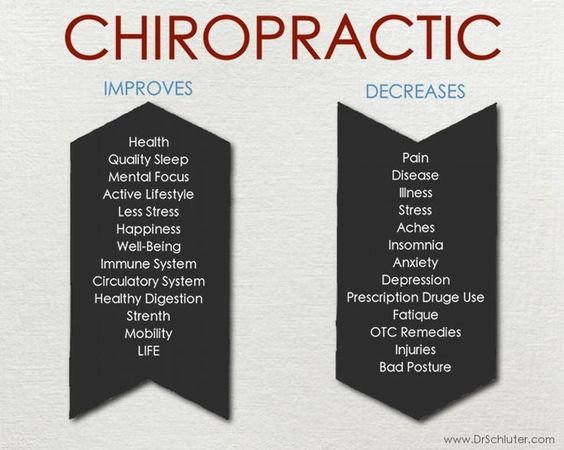The Influence Of Stance On Pain In The Back: Methods For Maintaining Correct Placement During Daily Activities
The Influence Of Stance On Pain In The Back: Methods For Maintaining Correct Placement During Daily Activities
Blog Article
Web Content Writer-Kragh Thaysen
Maintaining correct position isn't just about sitting up straight; it has to do with straightening your body in such a way that supports your spinal column and minimizes the danger of pain in the back. The way you rest, stand, and move throughout the day can substantially affect your spine wellness. Yet exactly how precisely can you make sure great placement continually, also throughout busy days filled with different tasks? Allow's dive deeper into the refined yet impactful changes you can make to your everyday routine to maintain your back satisfied and healthy.
Significance of Correct Pose
Proper position is essential in maintaining a healthy and balanced back and protecting against discomfort. When you sit or stand with great pose, your spinal column remains in alignment, lowering stress on your muscular tissues, ligaments, and joints. This placement allows the body to distribute weight equally, protecting against extreme stress and anxiety on certain areas that can cause discomfort and discomfort. By maintaining your spinal column correctly lined up, you can likewise boost your breathing and food digestion, as slouching can compress body organs and restrict their capability.
Moreover, preserving excellent pose can improve your general appearance and positive self-image. When you stand tall with your shoulders back and head held high, you emanate confidence and show up even more approachable. Good position can also make you feel extra stimulated and sharp, as it promotes correct blood flow and allows your muscular tissues to function efficiently.
Integrating massage new york chinatown into your everyday routine, whether sitting at a desk, strolling, or exercising, is vital for stopping pain in the back and advertising general well-being. Remember, a little modification in how you hold yourself can make a considerable distinction in just how you feel and function throughout the day.
Common Postural Mistakes
When it pertains to keeping excellent position, lots of individuals unwittingly make typical mistakes that can add to pain in the back and pain. One of the most prevalent errors is slouching or hunching over while sitting or standing. This position places too much strain on the spine and can result in muscular tissue imbalances and discomfort over time.
Another usual mistake is overarching the reduced back, which can flatten the all-natural contour of the back and trigger pain. Additionally, going across legs while sitting may feel comfortable, however it can develop an imbalance in the hips and pelvis, resulting in postural issues.
Using a pillow that's as well soft or as well solid while resting can likewise affect your positioning and contribute to pain in the back. Finally, continuously craning your neck to take a look at screens or readjusting your setting regularly can strain the neck and shoulders. Bearing in mind these typical postural errors can help you maintain better placement and decrease the danger of neck and back pain.
Tips for Correcting Alignment
To enhance your positioning and minimize back pain, it's important to focus on making small changes throughout your daily regimen. Start by bearing in mind your position. When sitting, ensure your feet are flat on the floor, your back is straight, and your shoulders are unwinded. Prevent slouching or leaning to one side. Usage chiropractors near me or cushions to support your reduced back.
When standing, disperse your weight evenly on both feet, maintain your knees somewhat curved, and embed your pelvis. Engage your core muscular tissues to sustain your back. Take breaks to extend and walk around if you have a sedentary work. Integrate workouts that enhance your core and back muscular tissues, such as planks or bridges.
While sleeping, utilize a pillow that sustains the natural contour of your neck to keep appropriate spinal positioning. Prevent sleeping on your tummy, as it can strain your neck and back. By being mindful of these pointers and making small modifications, you can progressively fix your placement and alleviate back pain.
Final thought
Keep in mind, preserving good stance is essential to preventing pain in the back and promoting back wellness. By bearing in mind your placement, distributing weight evenly, and engaging your core muscle mass, you can lower stress on your back and lessen the danger of pain and injury. Integrate ergonomic support, take routine breaks to extend, and strengthen your core and back muscle mass to maintain correct positioning throughout the day. Your back will certainly thank you for it!
